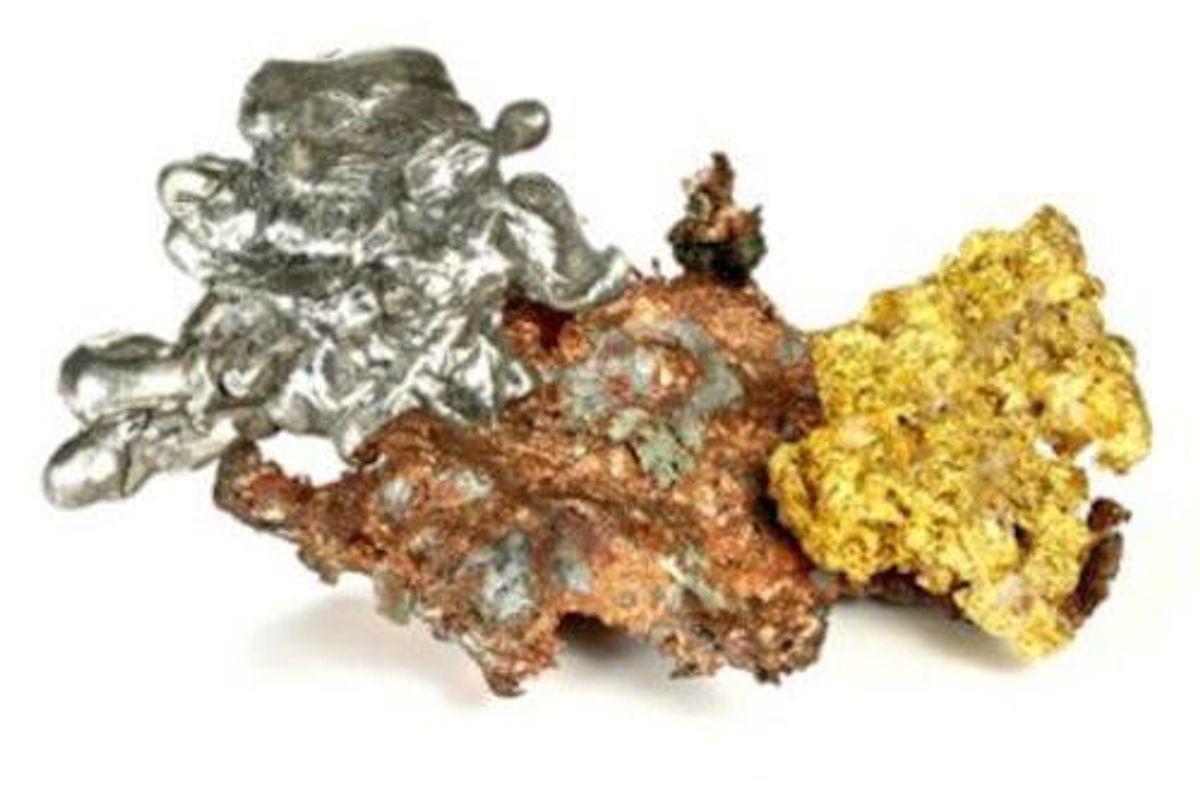Metals Weekly Round-Up: Fed Moves Gold, Base Metals Mixed

News that the US Federal Reserve plans to earmark US$2.3 trillion in small business loans drove the metal higher overnight.
The price of gold edged closer to US$1,700 an ounce on Thursday (April 9) as investors looked for safe havens amid the global economic contraction.
News that the US Federal Reserve plans to earmark US$2.3 trillion in small business loans drove the metal higher overnight, with gold climbing from US$1,646 to US$1,691 on Thursday morning.
Silver and platinum also benefited from the central bank’s stimulus announcement.
“The yellow metal continues to benefit from this calmer environment, even as risk appetite improves,” Craig Erlam, an analyst for OANDA, said in a note. “The market is flooded with cash from central banks around the world which is inflating gold prices at this highly uncertain time.”
Gold has surged since the beginning of April after spending March steadily slipping slower. On April 2, the metal was trading for US$1,611, but rocketed up by as much as US$80 when it broke US$1,691.
More safe haven demand is likely to benefit the currency metal in the coming weeks as job losses in the US and Canada continue to rise.
Gold was trading for US$1,685.78 as of 12:08 p.m. EDT on Thursday.
Silver also recorded gains this week, reversing a steady month of losses in March. The white metal started the five day period at US$14.67 an ounce and topped US$15.37 on Thursday morning.
Similar to gold, weak economic data and COVID-19 uncertainty have whetted investors’ appetites for safe asset class equities.
As of 12:09 p.m. EDT on Thursday, an ounce of silver was selling for US$15.29.
South Africa’s lockdown was the likely cause behind platinum’s strength this week. On Thursday, the African mining nation finished its second week of a three week country-wide shutdown.
Platinum also spent March trending lower, but has been able to move higher since early April.
The metal started the week selling for US$733 an ounce and climbed as high as US$748, but was unable to break that threshold on Thursday. It was priced at US$746 as of 12:17 p.m. EDT.
Palladium had a volatile week, falling as low as US$2,025 an ounce and edging as high as US$2,068 on Tuesday (April 7).
While mine closures and smelter reductions in South Africa have benefited its sister metal, palladium didn’t see the same broad gains this period, remaining rangebound at US$2,050.
At 12:23 p.m. EDT on Thursday, palladium was exhibiting strength and trading for US$2,075.
The base metals sector continued to bear the brunt of COVID-19 supply disruptions and shrinking industrial demand this week.
Copper started the session with momentum, selling for US$4,867 a tonne. By Tuesday, the metal had ticked up above US$5,000 to trade for US$5,067.50.
The progress was short-lived when the price fell back below the US$5,000 mark.
The red metal could see growth in coming weeks as supply fundamentals become precarious due to South American coronavirus closures.
“The picture is changing very quickly, and numerous major operations are reducing workforces, delaying construction or ramp-up activities, and a fair amount of smaller operations have been placed on care and maintenance,” Ryan Cochrane of Open Mineral told the Investing News Network.
He continued, “The disruptions are expected to last at least a month, but will probably extend longer, which will have a major effect on supply in 2020.”
At 12:30 p.m. EDT on Thursday, copper was changing hands for US$4,976.
Nickel, which tumbled in mid-March, saw positive movement this week, gaining US$263 from Monday (April 6) to Thursday. As of 12:39 p.m. EDT on Thursday, nickel was priced at US$11,425 a tonne.
Similar to nickel, lead made gains this week as the extent of fractured supply chains began to emerge.
On Monday, the metal was at US$1,629.50 a tonne. In less than 24 hours it had shot above US$1,692 and has held steady there since then. Lead was selling for US$1,698 as of 12:49 p.m. EDT on Thursday.
Zinc also made a significant gain this period, climbing from US$1,854.50 a tonne to US$1,932 in the course of a day. Some of those gains were lost later in the week when the metal fell to US$1,890.
Zinc was trading for US$1,890 at 12:52 p.m. EDT on Thursday.
Don’t forget to follow us @INN_Resource for real-time updates!
Securities Disclosure: I, Georgia Williams, hold no direct investment interest in any company mentioned in this article.
Editorial Disclosure: The Investing News Network does not guarantee the accuracy or thoroughness of the information reported in the interviews it conducts. The opinions expressed in these interviews do not reflect the opinions of the Investing News Network and do not constitute investment advice. All readers are encouraged to perform their own due diligence.